Do It Yourself
Planning For Pets During A Disaster

Your pets, just like every member of your family, will rely on you for their safety during times of emergencies. This disaster plan for pets should help make sure that your pets are never left to fend for themselves in times of disaster.
RELATED: Dog First Aid Kit For Your Canine Companion | The Prepared Pet Owner
Disaster Plan For Pets | 7 Tips to Ensure the Safety of Your Furry Friends
1. Make Sure Your Pets are Identifiable
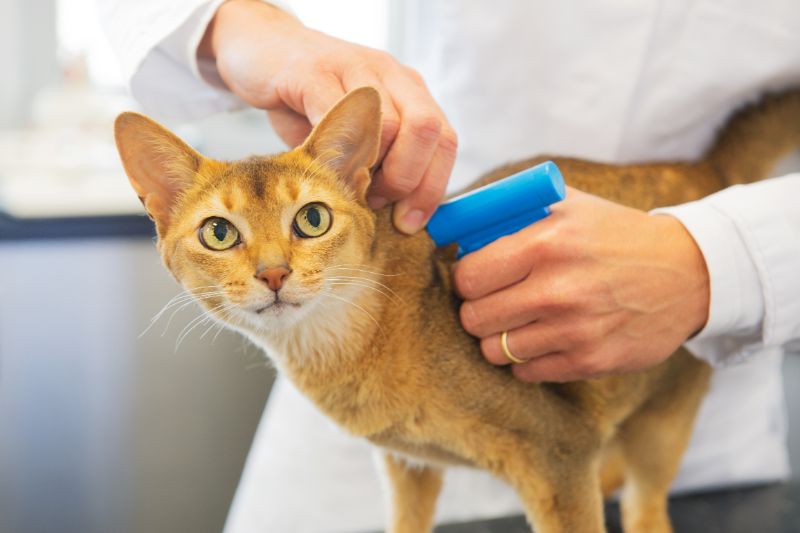
Microchip identification is one of the best and most surefire ways of ensuring that you and your pets will be reunited if you get separated. Just make sure the microchip registration is under your name.
Additionally, keep the microchip updated. You have the option of including at least one emergency number of a relative or friend residing outside of the immediate area surrounding your home.
However, microchip registration does have a caveat: the average person will probably not be able to scan it. The solution? An old-school tag.
Besides your pet's name, put your contact details on the tag as well. Include the contact number of a nearby friend or relative who might be able to help if you are not able to.
2. Prepare a Pet Emergency Kit
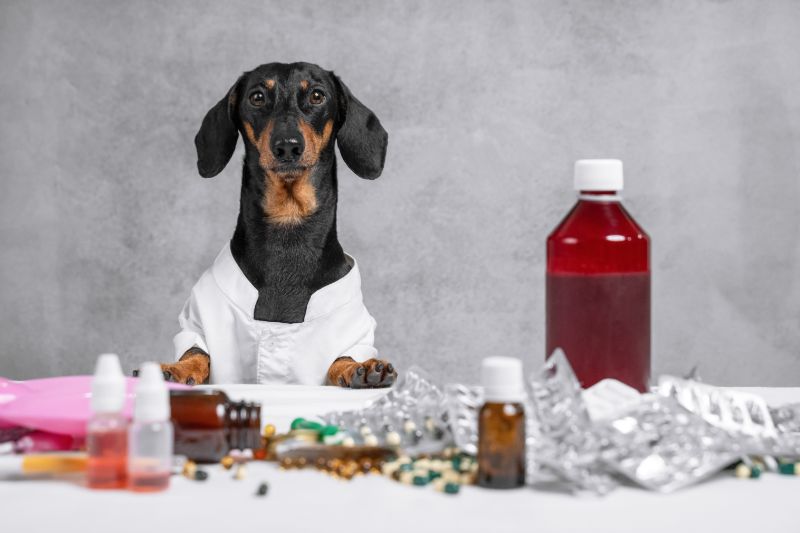
Just as you would prepare an emergency kit for your family, make sure you have one for your furry friends as well. Some of the items this should hold include:
- A week's worth of food – Store this inside a water-tight container. Maintain its freshness by rotating it every three months.
- A week's worth of water – Water that's not safe for you also isn't safe for your pets. Include your pets when counting how much water you should store for emergencies.
- Medication – Your animals' medication may not be the easiest to replace in case of emergencies. Make sure to have an extra bottle or tube of the medication or vitamins your pets take.
- Vaccination records – Keep a copy of your pets' vaccination records either in the cloud or on your phone so you can access them with ease in times of emergencies.
- Photos – In the worst case scenario that your pets get lost, this will be handy when looking for them.
- Carriers or leashes – If you have lots of pets, make sure to have leashes or carriers for each of them.
3. Evacuate with Your Pets

Remember, if it's not safe for you and your family, it isn't safe for your pets. When evacuating, keep in mind that you do not know how long you will be kept away from the area. If you leave your pets behind, you might not be able to go back for them.
As much as possible, remember to evacuate early. You do not need to wait for the mandatory evacuation order especially if you already see the danger posed by the disaster.
People waiting for evacuation orders from officials are often told to leave their pets behind. Additionally, severe conditions often make pets fearful and difficult to load into carriers or crates. Evacuating early is one way of ensuring that none of these things happen.
4. Look For a Place for Your Pets
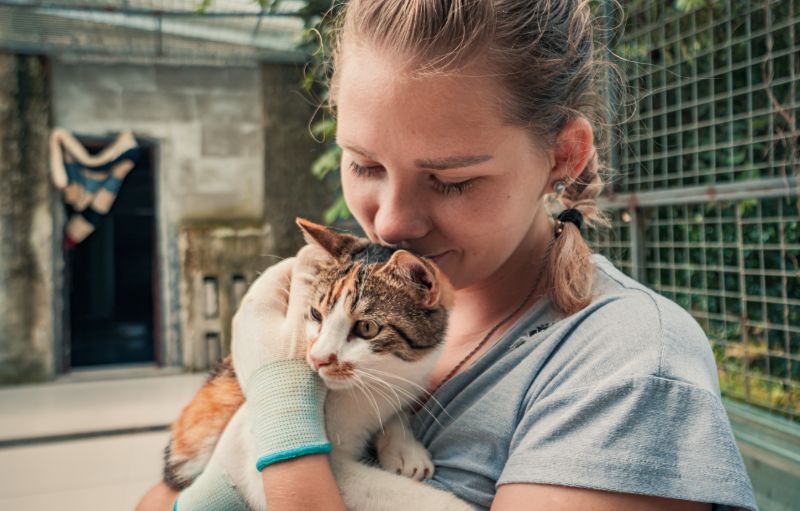
When making a disaster plan for pets, an evacuation site for them should also be in your list. Do not make the mistake of assuming that they will be allowed in emergency shelters nearby.
Start by checking the website or contacting the office of the emergency management team in your local area to ask if they allow pets in the evacuation centers. If not, they might be able to refer you to nearby shelters who can take your friends in case of disasters.
You can also contact nearby motels or hotels and make a list of those that accept pets. If the closest ones that allow pets are too far, ask the ones near you if the “no pets” policy is waived in times of emergencies.
Better yet, if you have friends or relatives nearby, try to make arrangements with them beforehand. They might be able to offer shelter for your pets (or even you). If you have more than one pet, it might be better to make arrangements for them at separate locations.
Finally, try asking your veterinarian if they shelter pets during disasters. Make a list of facilities that accommodate pets outside of your immediate area as well.
RELATED: How To Prepare Bug Out Bags For Your Beloved Pets
5. Make Plans for Your Pets for When You're Not Home
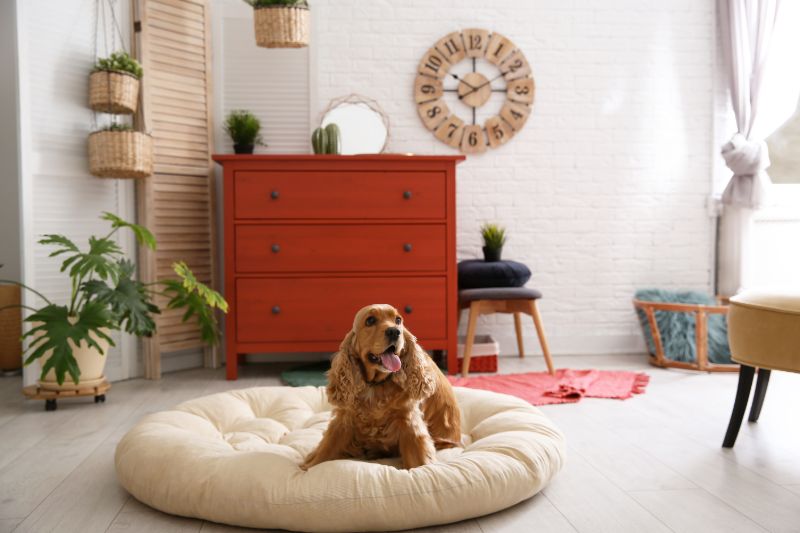
In case a disaster comes while you're not home, it is best to make sure that you have someone you trust to look after them.
Make sure that these people are ones who are comfortable with your furry friends and that your pets, in turn, are familiar with them as well. This may be a pet-sitter or a friendly neighbor you trust. Additionally, make sure they know where the pet emergency kit is.
6. Stay Home Safely

If you are planning on staying home, make sure you do it safely. Identify the safest area of the house where the entire family can stay together.
Close off any nooks and crannies where frightened pets may try to hide in. You should also remove any dangerous items like toxic products or small tools they might accidentally swallow.
As soon as you hear that an emergency is coming, bring all your pets indoors. Keep them on leashes or carriers so you don't have trouble finding them in case you need to evacuate. Additionally, turn on your television or radio and keep yourself updated for announcements regarding the disaster.
7. Plan for After the Disaster
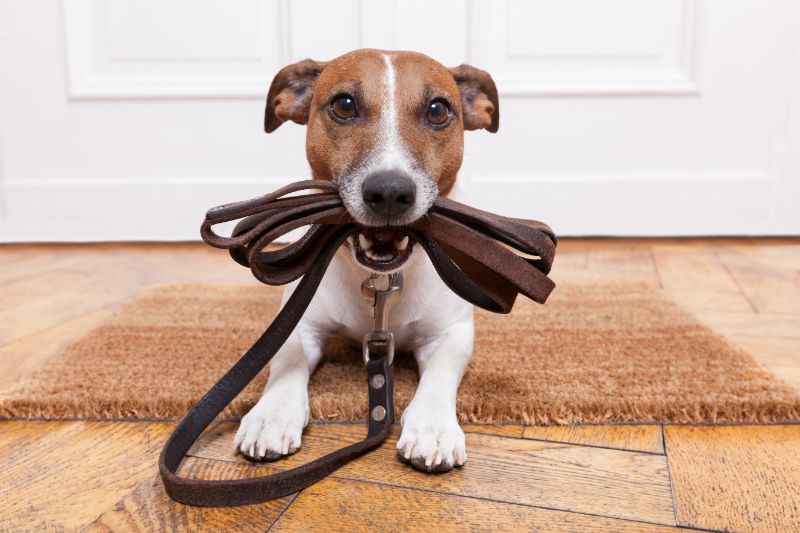
If you have successfully weathered the storm, then you have already won half the battle. However, a plan for after the disaster is a crucial yet often forgotten part of a well-built disaster plan for pets.
Your home may look a little different once the emergency is over. Because of this, your pets may not be able to adjust so easily.
Do not allow them to roam freely. Landmarks and smells they are familiar with may be gone, which might cause them to become disoriented. In these situations, not only can they get injured, but they may also get lost.
Assess the damage to your home first. Make sure that wild animals did not seek refuge in your yard or in those small spaces around your house. Wildlife may pose a significant threat to your pets, especially since both of them are already agitated because of the disaster.
Once you are sure that everything is okay, be patient as you try to get your furry friends back into their normal routines. Be prepared for any behavioral problems your pets might display. This may be caused by the stressful situations they just experienced.
If you've read through the disaster plan for pets above, then you know how important an emergency kit is for them. Check out this video courtesy of 101Rabbits for an even more complete and thorough kit for your furry friends:
Making a disaster plan for pets should be equally important – if not an integral part – of any emergency preparedness plans you make for the rest of your family. Your pets rely on you for their safety during times of disaster. Make sure you don't lose your furry friends and you give them the best care they need in times of emergencies with the disaster plan for pets above.
[poll id=”115″]
Do you have other tips that you think should be a part of our disaster plan for pets? Share them with us in the comments section below!
Up Next:
- If You're Cold, Your Pets Are Too | Keeping Your Pets Safe In The Winter
- 5 Natural Tick Repellents To Get Rid Of Ticks NOW
- Do You Have A Home Disaster Survival Kit? Here's How To Make One
Calling all preppers, craftsmen, bushmasters, outdoorsmen, and all-around skilled people, Survival Life needs YOU! Click here if you want to write for us.
Don’t forget to stay connected with us on Facebook, Twitter, Pinterest, and Instagram!
-

 Paracord Projects1 year ago
Paracord Projects1 year agoParacord Projects | 36 Cool Paracord Ideas For Your Paracord Survival Projects
-

 Paracord Projects1 year ago
Paracord Projects1 year agoHow To Make Paracord Survival Bracelets | DIY Survival Prepping
-

 Medical Care1 year ago
Medical Care1 year ago21 Home Remedies For Toothache Pain Relief
-

 Knife Laws1 year ago
Knife Laws1 year agoAre Switchblades Legal? Knife Laws By State
-

 Do It Yourself1 year ago
Do It Yourself1 year agoSurvival DIY: How To Melt Aluminum Cans For Casting






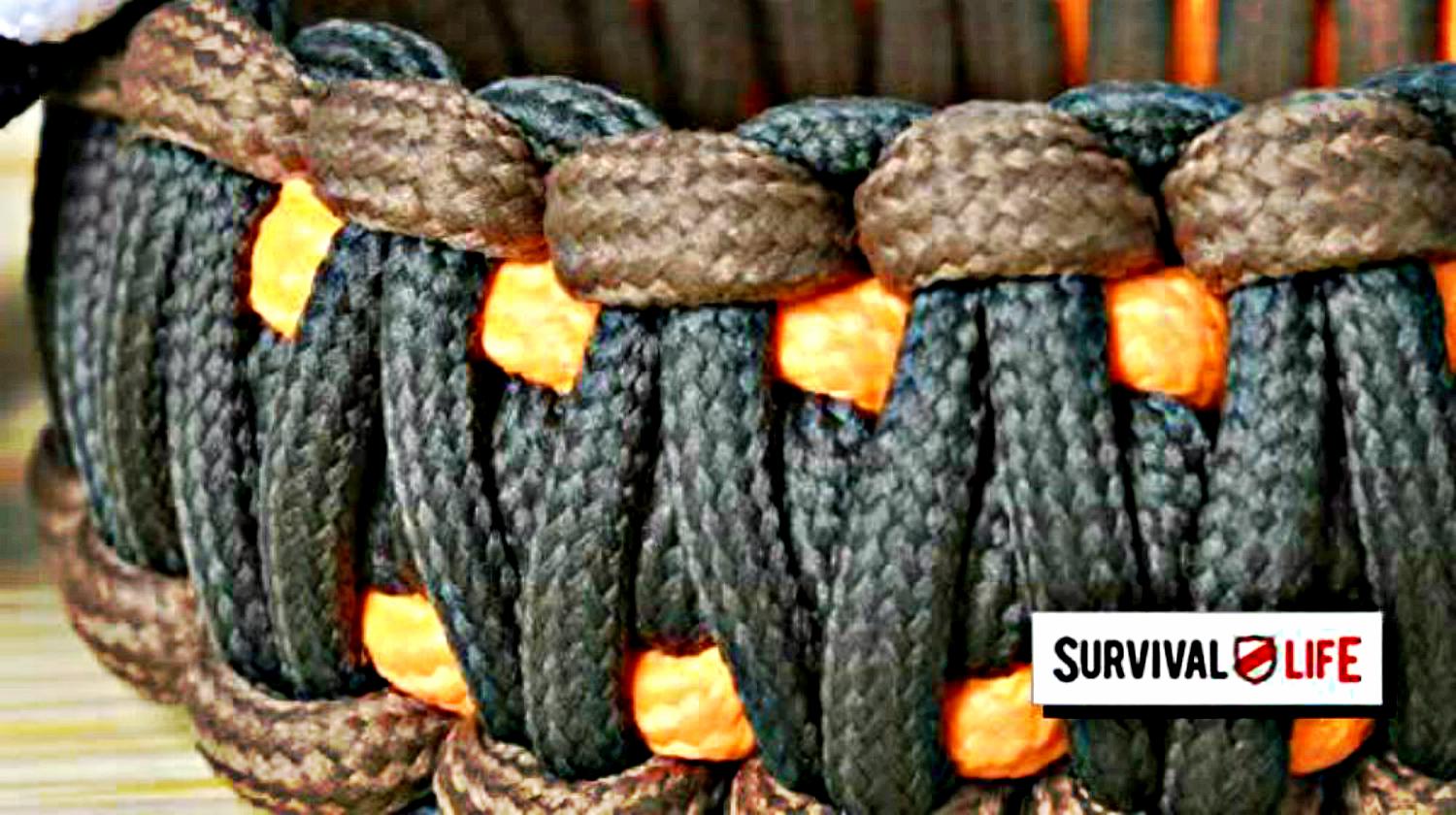







Julia K.
February 15, 2023 at 3:43 AM
Get an easy to dose all natural calming remedy/stress relief for pets such as Rescue Remedy. It does not require knowing the pet’s weight to give a dose. My dog likes the taste so he takes it straight from the dropper. I also have a CBD Oil blend that is Bacon flavored, but that I have to put on a dog treat to give him. It would also be advisable to have your pet used to being put in a travel carrier if you have to leave home or have someone get your pet for you.